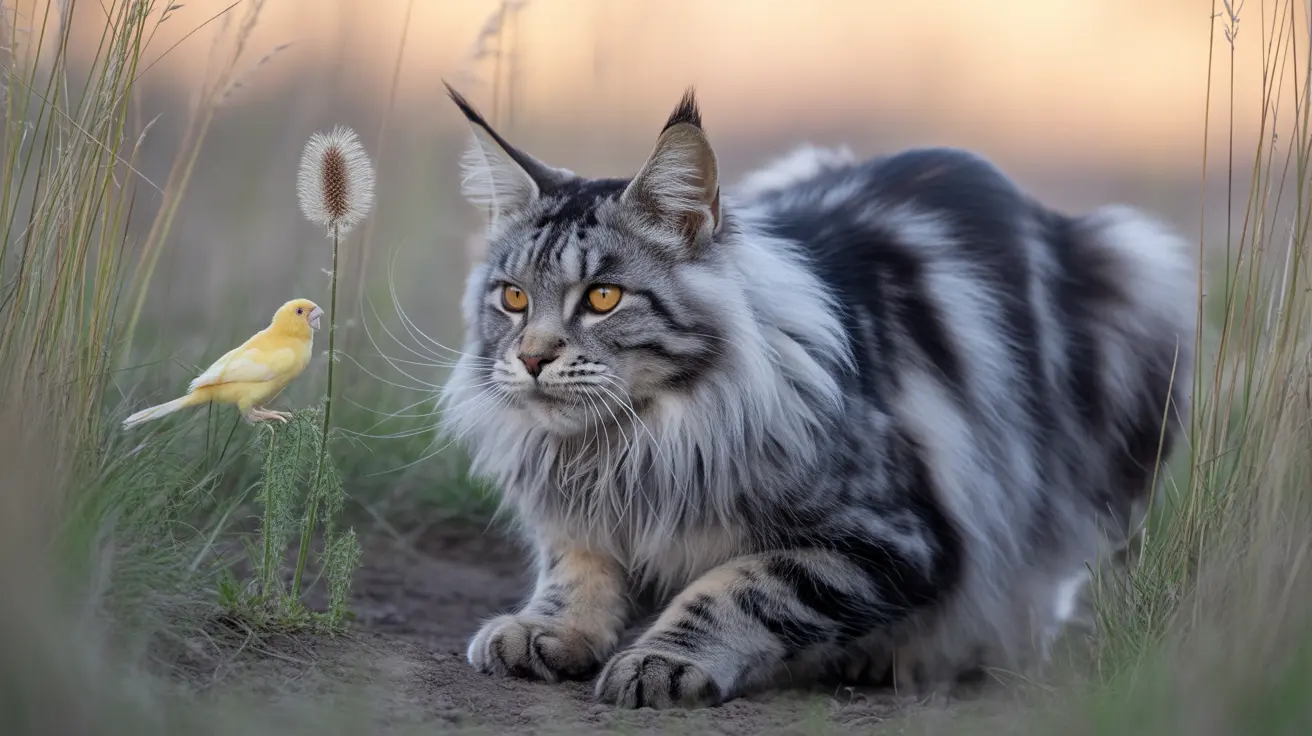The Evolution of Cat Meowing
Meowing primarily evolved as a form of communication between cats and humans during the domestication process. Adult domestic cats mainly meow to communicate with people, not with other cats. This behavior stems from kittens' natural tendency to meow to their mothers, which domestic cats retain into adulthood due to their interactions with humans.
Wild and feral cats, however, typically outgrow this vocalization pattern as they mature. Without human interaction, they rely on more instinctual and survival-focused forms of communication.
How Wild Cats Communicate
Instead of meowing, wild cats utilize a sophisticated array of communication methods that serve their survival needs more effectively:
Body Language
- Tail position and movement
- Ear positioning
- Facial expressions
- Body posture
- Fur elevation (piloerection)
Scent Marking
- Facial rubbing to leave pheromones
- Urine marking
- Scratch marking on surfaces
Alternative Vocalizations
- Growls for defensive warnings
- Hisses to express fear or aggression
- Yowls during mating season
- Chirps or chatter during hunting
- Purring in specific social situations
The Survival Advantage of Silence
Wild cats' tendency to avoid meowing serves a crucial survival purpose. Unnecessary vocalization can:
- Alert predators to their presence
- Warn prey of their location
- Reveal their position to rival cats
- Compromise hunting success
Differences Between Feral and Stray Cats
It's important to distinguish between truly feral cats and strays. If you encounter a cat meowing at humans, it's more likely to be a stray - a formerly domesticated cat - rather than a feral cat. Stray cats retain their learned behavior of communicating with humans through meowing, while feral cats typically avoid this form of communication.
Frequently Asked Questions
Why do wild and feral cats rarely meow compared to domestic cats?
Wild and feral cats rarely meow because this vocalization could compromise their survival by attracting predators or alerting prey. Additionally, meowing evolved primarily as a means of communicating with humans, which wild cats don't need to do.
How do feral cats communicate with each other if they don't meow?
Feral cats communicate primarily through body language, scent marking, and other vocalizations like growls, hisses, and yowls. These methods are more effective for territory marking, showing aggression or submission, and mating behaviors.
Can a feral cat meowing at a human actually be a stray cat?
Yes, if a cat is meowing at humans, it's more likely to be a stray (formerly domesticated) cat rather than a truly feral cat. Stray cats retain their learned behavior of communicating with humans through meowing.
What types of vocalizations do wild cats use aside from meowing?
Wild cats use various vocalizations including growls, hisses, yowls (especially during mating season), chirps or chatter during hunting, and purring in certain social situations.
How did meowing evolve as a form of communication mainly between cats and humans?
Meowing evolved during the domestication process as an extension of kitten behavior. While kittens naturally meow to their mothers, domestic cats retain this behavior into adulthood to communicate with humans, while wild cats typically outgrow it.






